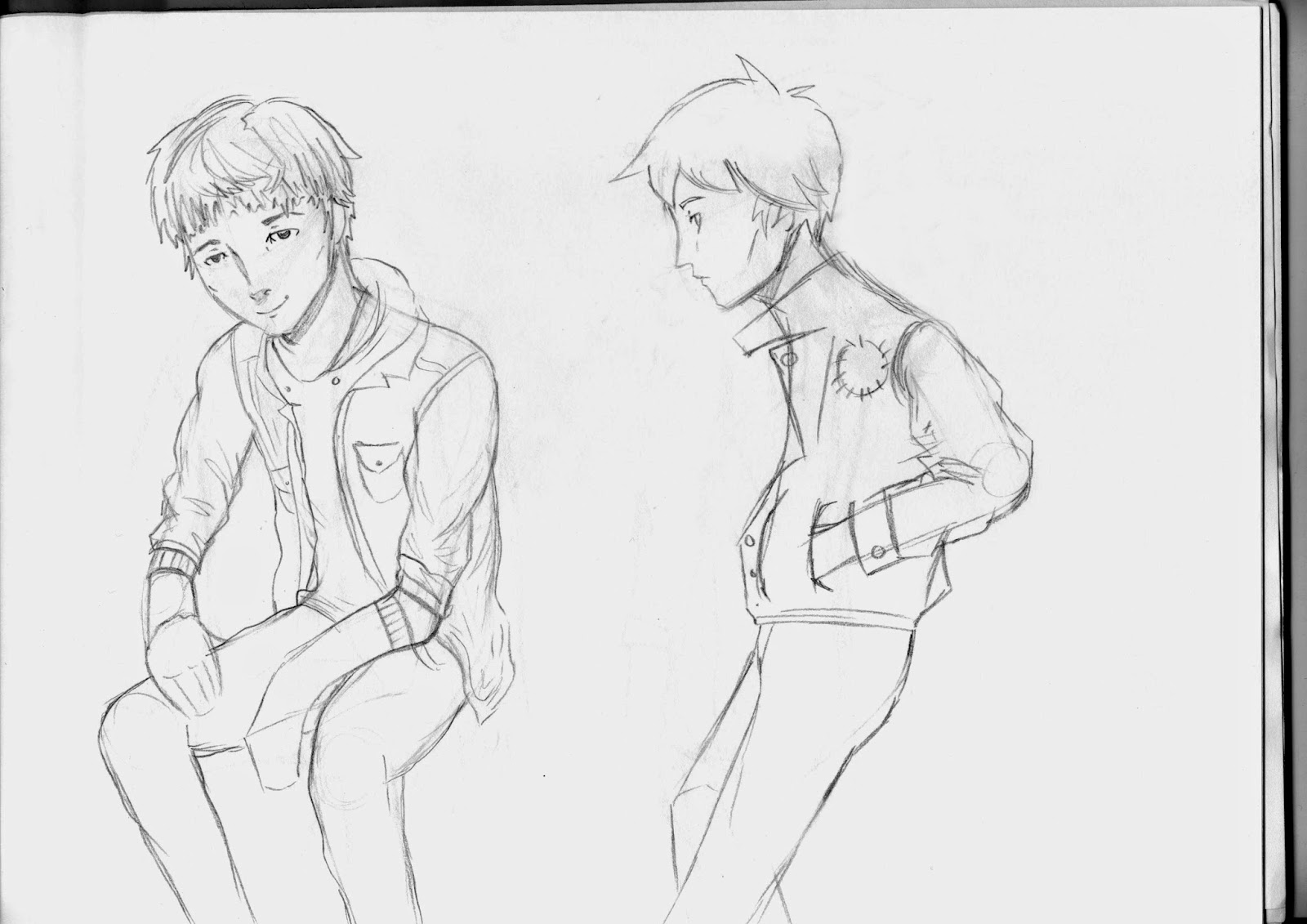What do you do?
Babs Tarr - Made money through college by commissions and selling traditional oil paintings. This helped her alot with her digital work, especially with layering backgrounds in panels. Bat Girl was her first comic in which she draws for DC Comics. Previously she was a 2D game artist during the day and freelance in the evening, until she decided that she definitely wanted to freelance for a living. For the Bat Girl comics, she collaborates with Cameron Stewart who does the layouts as she draws the illustrations as she finds it hard to direct a scene and making the panel atmospheric.
Emily Carroll - Mainly creates horror and fairytale comics, being both the writer and the illustrator, and is her own personal thing. She does sometimes include gifs with in her work to emphasise her work, using photoshop to create it. She went into webcomics as she didn't know how to publish her work - she uses mixed media, ink washes, graphite etc.
Boulet - Creates his own webcomic, which needs alot of planning. Finds computer colouring annoying, watercolours are more aesthetically appealing, cheap and quick to use. He draws from life - realistic style at times, as he was good at life drawing but could never use this in his comics. It was a challenge to make both non and realistic drawings - the change between the two.
What informed your style?
Babs Tarr - She found the foundation course she took helpful as she learned a broad range of skills that she uses to inform her cartoony style. Life drawing was a huge aid in her work, helped her to learn to draw quickly and in a good quality with the 5-10 minutes poses that you would do.
Danielle Corsetto - Draws from life - 2 1/2 hours on a Wednesday is dedicated to life drawing - a break from her webcomic - tends to focus on certain parts like the feet or hands. Quite objective, likes short poses as easier to make cartoony whereas the long poses are a challenge and forces her to become more realistic in style. Makes life drawing simplistic, think about the poses, deciding which lines you need and dont, thinking before drawing.
Babs Tarr - Starts with a sketch, own personal work and then breaks down the items - background, layout, figures etc, only draws traditionally at conventions as normally she works digitally, faster and easier to produce. Prefers traditional.
How do you handle people helping you or taking part of your workload?
Boulet - Had an assistant, in which he would create scripts for the assistant and then create drawings from that. The drawings were good but didnt like giving the control of the comic away. However it was interesting to leave her to do what she wanted, a different view point, both merged to make a new story, "sometimes you have to give up and let it go"
Babs Tarr - Had 2 assistants, one does patterns, dont touch the main illustration, alot of work, hard to complete it all with the narrow deadlines. Would finish a comic and take a break, then stress about the work she should have done.
Emily - Had assistants but finds it hard to let others take control, likes working by herself.
Sketchbooks?
Boulet - Sketchbooks, uses it to record memories, much like a photo album, draws scenes of where he is and views, people around him, everyday life, gains inspiration from this. When drawing he draws directly in ink, no sketches or references. Tends to rip out pages quite alot. Uses Twitter to help him draw - asks a question to his followers for a theme to draw and draws these whilst traveling, a good way to generate ideas and challenge narrative/design.
Emily Carroll - Gets inspiration from dreams and folklore, childrens books and fairytales. Always carries a journal with her, instead of drawing characters, she draws thumbnails and storyboards to generate ideas,


















































